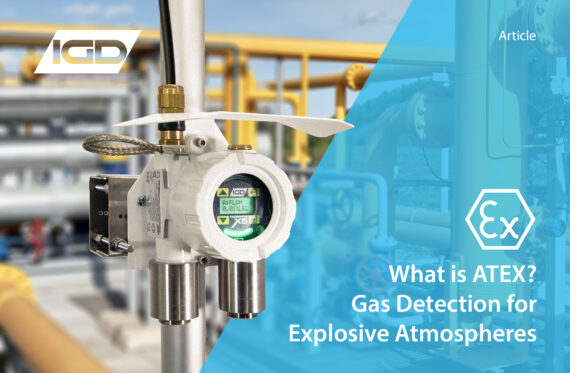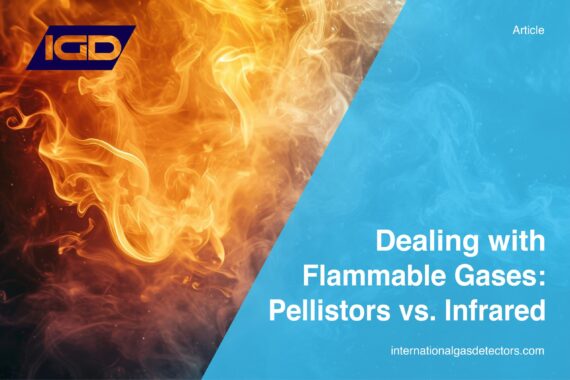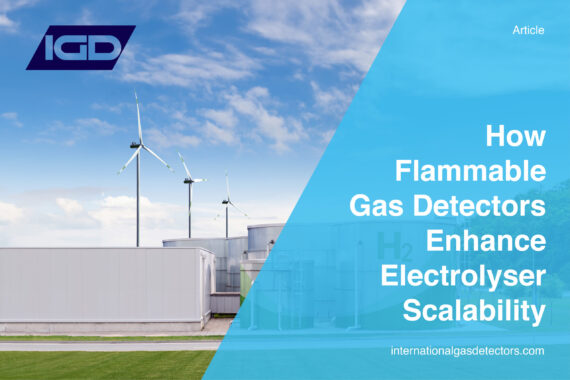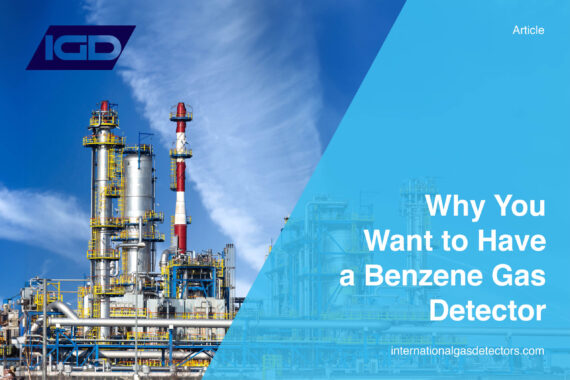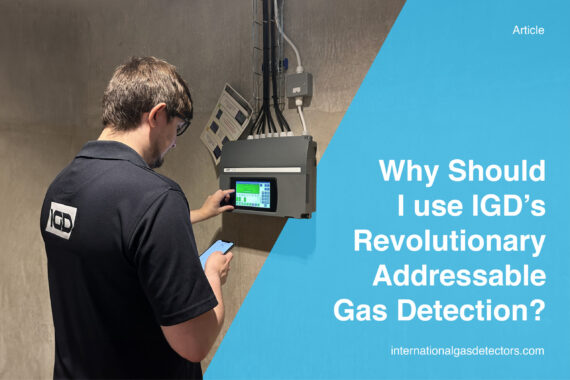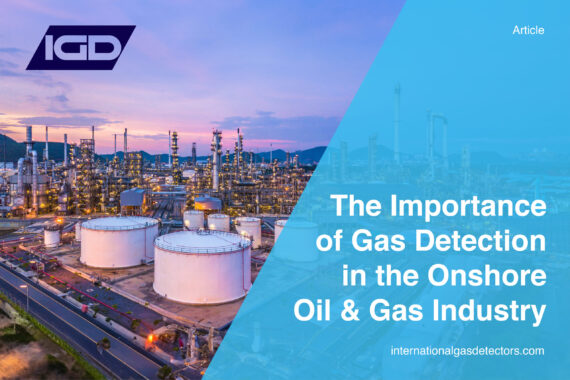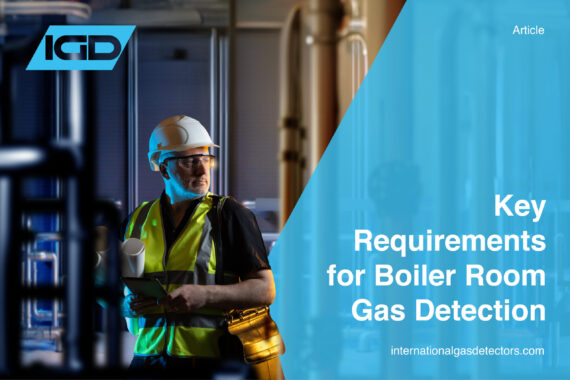Potentially explosive atmospheres present dangers that can only be mitigated with an ATEX-certified gas detection solution. But what is ATEX? What are ATEX zones and how can you guarantee site safety? This is IGD’s complete guide to mitigating explosive atmospheres to keep you and your personnel safe.
Gas detection can be expensive, but it doesn’t have to be. Read on to find out why not having an IGD 2-Wire Addressable Gas Detection system, probably means that you’re paying too much for your gas detection.
There’s a sensor for every application, but choosing the right one will be the deciding factor in the effectiveness of your gas detection setup. Let’s take a look at the pros and cons of tackling flammable gases with either Pellistor or Infrared sensors.
You need gas detection to ensure that your application adheres to all legal regulations, but understanding those regulations, how they work and how they effect you, can be difficult. this is our guide to the legal requirements for gas detection.
Flammable gas detectors can be used with electrolysers to improve safety and avoid gas leaks. Learn more about International Gas Detectors’ range sensors here!
A leak of Benzene can happen in a large number of industries. Due to the carcinogenic, volatile nature of this gas, it is important to monitor this wherever it is likely to be present. Are you sufficiently protecting your team from Benzene? Check out our article to find out.
Gas detectors are vital in every industry for the safety of personnel and the environments they work in. The systems and sensors available can vary depending on the industry, and many of them can be customised to suit the needs of the business. Using the latest technology will vastly improve the workplace’s safety, so in this blog post, we will look at International Gas Detectors’ revolutionary addressable gas detectors and why your company should use them.
The onshore oil and gas industry is a critical sector that plays a significant role in meeting the world’s energy needs. Its an extremely dangerous industry and requires effective and reliable gas detection to keep you safe. International Gas Detectors (IGD) offers a range of gas detection solutions that are specifically designed for the onshore oil and gas industry. Read here to find out more.
Boilers are critical appliances that generate heat and power in domestic and industrial settings. However, the presence of fuel gases and the potential for gas leaks pose significant safety risks. To ensure the well-being of personnel and the integrity of equipment, effective boiler room gas detection systems are paramount.
Benzene is an extremely valuable precursor chemical used in various manufacturing activities–but it remains a highly hazardous compound. Very high-level exposure to benzene, even for a short period, can be fatal. Given that benzene ranks among the top 20 chemicals by production volume, and its ubiquity in modern products, benzene detection and analysis is a critical task in a host of industries. This blog post will look at five applications where benzene detection is essential.

